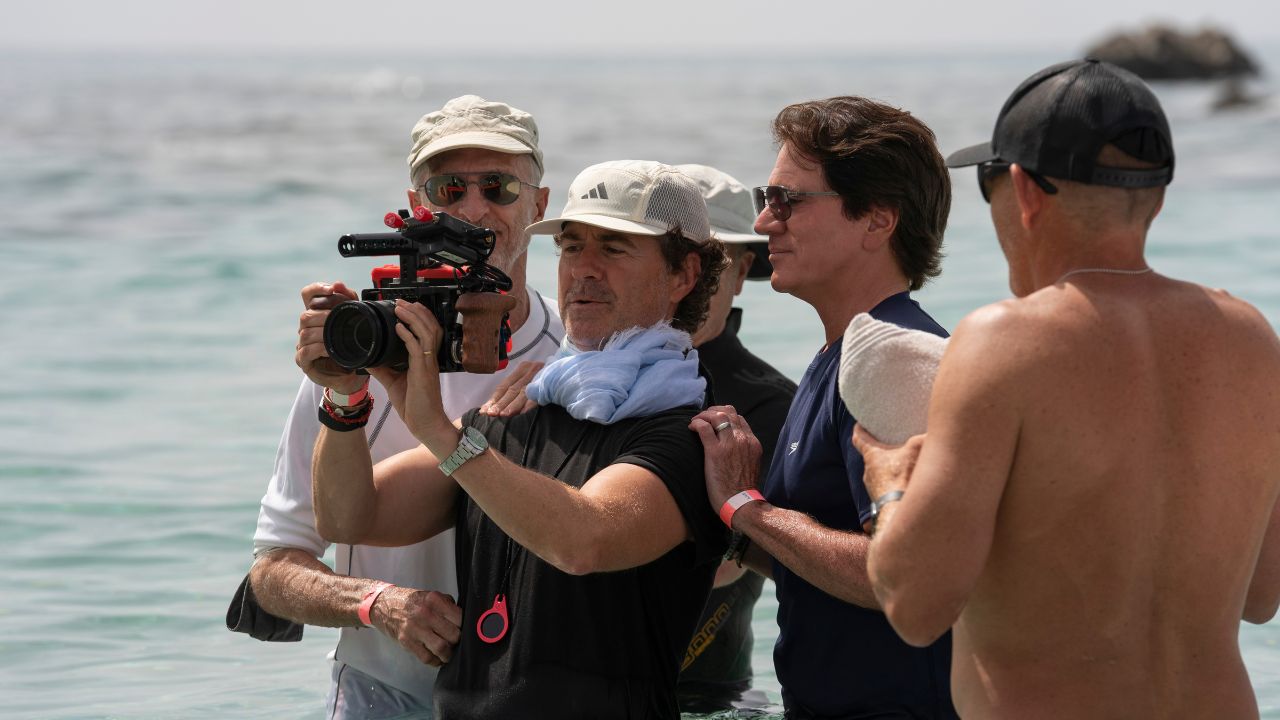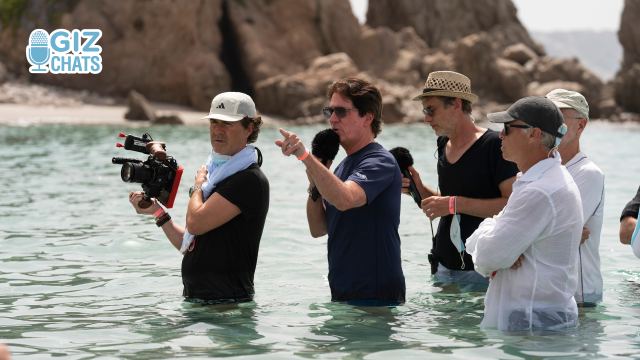Disney’s live adaptation of The Little Mermaid has been on everyone’s lips for a very long time. Now, the film has finally swum into cinemas here in Australia and it’s nothing short of magical.
Gizmodo Australia was able to sit down and chat with The Little Mermaid director, Rob Marshall about bringing Ariel into a more modern context and how they filmed the underwater scenes.
Making a modern Ariel

Ariel, as a character, has been around for a pretty long time.
She first appeared on our screens over thirty years ago in the original 1989 Disney animation The Little Mermaid.
However, The Little Mermaid, the fairytale, was written by Hans Christian Anderson and first published back in 1837 as part of his collection of stories for children.
You’d think that with a story and a character that’s been around as long as Ariel has, you’d need to modernise her in some way to fit today’s audience.
According to Marshall, however, the context is all there in the Anderson original to pull from.
“It’s already there, I went back to the Hans Christian Andersen tale and it’s literally there. You have a young girl who feels displaced, doesn’t feel she belongs and embarks on a journey to find herself,” Marshall explained, “But also to break down the barriers between herself and people that are different than her, in this case the human world.”
“I just thought that was such a modern take already and so it’s just enhancing that idea that she goes on this journey and doesn’t care what people think, does her own thing and truly believe she’s right about [humans] and not afraid of someone who’s on the other side of the sort of the wall. It takes a young spirit to do that.”
When watching The Little Mermaid, you’ll notice small, nuanced changes to the story between Ariel and Eric that add something deeper to their characters.
“I did love that we could find people that kept saying, ‘Is it the woke version?’ I’m like, ‘No, it was like that long time ago, 19th century,’ Marshall said.
“It’s just making sure that in addition, when she finds Eric, they meet on a more profound level. It’s not just ‘Isn’t he cute?’ No, they share interests and they both feel somewhat displaced, they both feel like they’re not being heard and they want more than what’s being presented to them and they find that together.”
It’s in this joint displacement that both Ariel and Eric share where their bond deepens and helps the audience connect more with their story. It also pushes Ariel away from the ‘I’m doing this for a boy’ trope that Disney princesses so often fall into.
“That’s what you can do with a live action film that an animated film can’t can’t do. You can broaden it, you can give it more scope but you can also give it more depth and more feeling,” Marshall added.
Behind the magic of The Little Mermaid

Whenever I watch underwater movies like The Little Mermaid I’m always thinking about the process that goes into filming those scenes and how much is CGI.
Just by watching the movie, you can tell a lot of work and moving parts went into bringing the Disney magic to life.
“What’s interesting is that you shouldn’t know [what’s CGI and what’s not] which is good, so I’m glad you don’t see. I will say 95% of it was on a blue screen stage because they had to speak and they had to sing and breathe,” Marshall explained.
“There were times when Eric was underwater that was definitely just underwater because he didn’t need to speak or sing, you know, he’s a human. But everyone else we were really on a blue screen stage and the goal was to make it look completely photo real as much as we possibly could so that you are engaged in the world, you believe it’s real. You want something that feels more tangible so that you are invested in the story.”
It’s not just the underwater scenes that took a lot to produce, but even just how the actors moved and having them look like they really were swimming through water.
Halle Bailey even had to take mermaid training to fully embody Ariel, with Melissa McCarthy saying that in order to move, she had about twenty people underneath her puppeteering Ursula’s tentacles and eels.
“Every actor was on some kind of apparatus, whether it was wires or what they call a tuning fork, which is this sort of disc with a huge crane arm that moves them around through the space spinning, or something called a teeter totter up and down over wood,” Marshall said.
“Every person had like eight or ten stunt people moving them around as they were speaking or singing or moving. It was all timed literally like we were doing Warhorse, everybody had their own little production of Warhorse happening around them.”
“I’m very grateful for my choreographic background because the whole thing was a dance. My mantra the whole time while I was making was ‘Don’t let people see it’. I don’t want people to see that, otherwise, it just becomes a technical exercise. I wanted people to not know, to see it and say, ‘Oh, that looks natural, they’re just flying, moving around and swimming through the water,” Marshall explained.
@gizmodoau How Rob Marshall brought the magic of @Disney’s The Little Mermaid to life. #robmarshall #thelittlemermaid #ariel #disney #disneymovie #underwater #movies #liveaction
It’s always interesting to go behind the scenes and dissect how everything that we see on screen comes to fruition.
You can definitely tell that a lot of hard work and dedication went into The Little Mermaid, and the end result is nothing short of magical.
The Little Mermaid is showing in Australian cinemas now.
